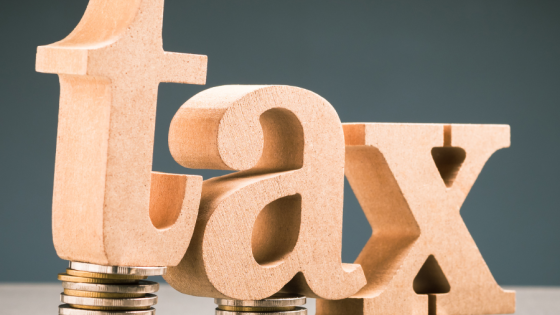Capital Gains Tax – Pooling for your shares and crypto assets
8 Feb 2022
The Section 104 pool has been around for a long time and has traditionally been used for calculating capital gains.
Categories & Tags
The advent of crypto currency (assets) has seen these rules being applied to coins and tokens. HMRC state in CRYPTO22200 that ‘Pooling under TCGA92/S104 allows for simpler Capital Gains Tax (CGT) calculations. Let’s see.
Section 104 Pool
Think of this pool as a literal pool. You have a bucket of plastic balls that cost you £5. You throw them into your ball pool, and they join the rest. At some point, you sell an equivalent bucket of plastic balls for £10. In applying the S104 pool rules, you are not required to identify the particular plastic balls being disposed of or acquired. The same applies to your crypto. Effectively, you have a single-pooled asset for CGT, that increases or decreases with each purchase, part-sale, or complete sale, of the crypto asset in the pool. For fans of NFTs, these are separately identifiable, so are not pooled.
The S104 does make things simpler, but complexities appear when a crypto investor trades in large volumes of different tokens. This is because each token type needs its own pool. Each pool will have its own pool allowable cost for the crypto asset in question. It is your responsibility to keep a record of the amount spent on each token, as well as the pooled allowable cost of each pool.
Section 105 Pool - Same Day Rule
The pooling rules seek to simplify the rules further by ensuring very active investors only ever have to report one gain per day. This is known as the Same Day Rule.
Where an investor buys and sells tokens on the same day, all the tokens bought that day are treated as being done within a single transaction. All the tokens sold are also treated as being sold within a single transaction.
The record keeping becomes more complicated, in that all tokens purchased, as far as possible, should be matched with the tokens sold. This means the tokens do not go into the S104 pool. The detailed rules states:
- if the quantity of tokens acquired exceeds the number disposed of then the excess tokens will then be considered for the 30 day rule (covered below) and if that doesn’t apply then they will go into the section 104 pool
- if the quantity of tokens disposed of exceeds the number acquired then the excess tokens will then be considered for the 30 day rule (covered below) and if that doesn’t apply then they will be treated as a disposal from the section 104 pool.
Section 106 – The 30 Day Rule (the ‘Bed & Breakfasting’ rule)
If an investor sells tokens, but then acquires the same type of token within 30 days of selling, then the following applies:
- The same day rule applies first
- Tokens bought within 30 days don’t go into the S104 pool, but are instead matched to the earlier disposal(s) of tokens in the previous 30 days
- Such tokens are matched to disposals on the basis of the earliest sale first
- If the quantity of tokens bought exceed the number of tokens sold in the previous 30 days, these tokens go into the S104 pool.
A general discussion around the BNB pool is discussed in CG13350.
The pooling rules for CGT do offer a simpler solution to crypto investors, but this doesn’t mean it’s simple.
"With many investors trading in vast numbers of crypto assets, there is still an abundance of record-keeping required. Fortunately, there are a number of apps on the market that will do most of the work for you, but of course an understanding of the rules allows you to sense check your calculations before reporting with HMRC."
Scott Sartin FCA - our MD and crypto expert
News & Resources

When do the higher rates of Income Tax apply

Who must send in a tax return

Tax rules for savings interest

Private Residence Relief – when it applies

Do not forget to claim the marriage allowance

IHT exemption – normal expenditure out of income

The transition from FHL to Property Rental business


